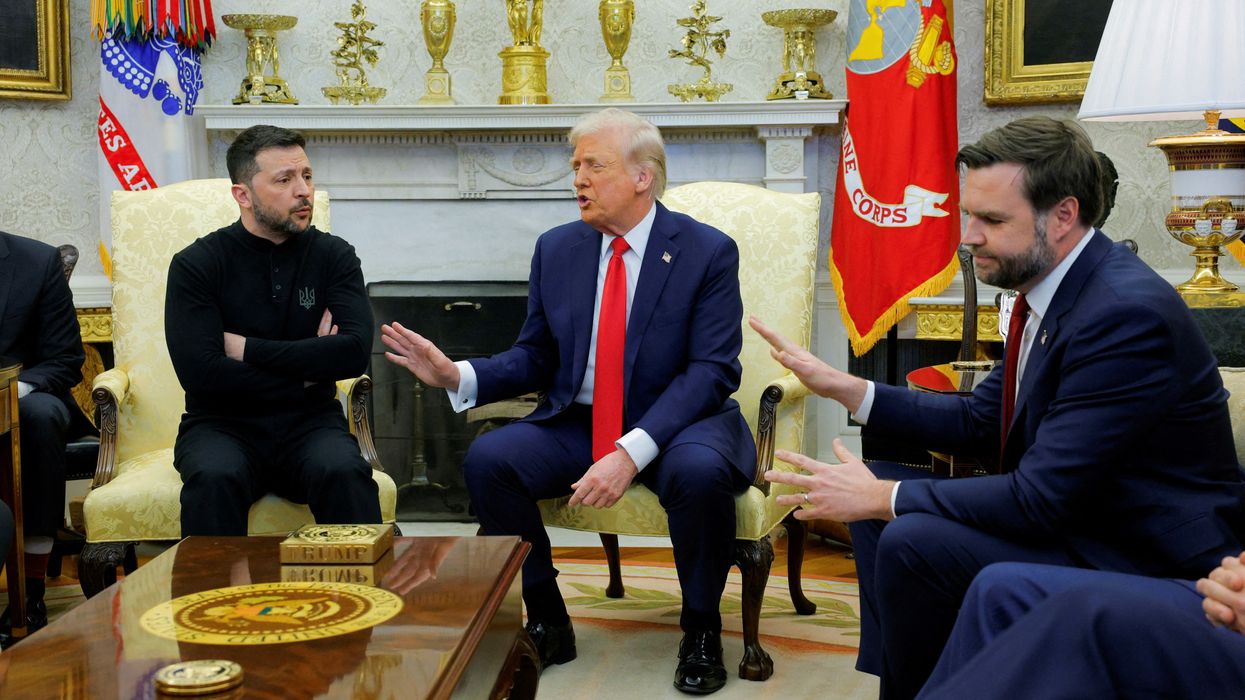As police use rubber bullets, tear gas, flash bang grenades, and other weaponry against those protesting police violence and systemic racism, there is a growing call to demilitarize policing in the United States and around the world. Members of Congress are finally hearing the calls of their constituents and introducing legislation to address the problem. But if we truly want to demilitarize the police, we need significant action at the state and local levels as well.
The movement to defund police seeks to reduce the scope of policing, and demilitarization is a critical component of shrinking that scope. While many have been rightly pointing to the federal government’s role in police militarization, a substantial part of militarization happens at the local level.
The military gives surplus equipment to local police, but police and sheriff departments also use local budgets to purchase thousands of assault rifles, tear gas, launchers, flashbang grenades, tasers, armored vehicles, battering rams, soldier-looking uniforms, and other militarized gear.
The most well-known of the federal militarization initiatives is the Pentagon’s 1033 program, which has gifted tank-like vehicles and military assault rifles to thousands of police departments across the country. Since its early stages, the 1033 program has also supplied Customs and Border Patrol on the southern border with military equipment. The program continues even though studies have demonstrated that departments getting more 1033 weaponry are more likely to act violently, with no decrease in violent crime.
In recent weeks, we have seen several federal proposals to address this problem. A bill introduced by Rep. Nydia Velazquez would end the 1033 program. The Stop Militarizing Law Enforcement Act, put forth by Sens. Brian Schatz and Rand Paul, would ban the transfer of weapons from the Pentagon to police and create similar prohibitions on militarized equipment through cash grants from the Departments of Justice and Homeland Security. They along with Sens. Murkowski and Harris announced this week they would introduce an amendment based on their bill to this year’s National Defense Authorization Act.
Rep. Ro Khanna’s bill would deny Justice Department grants to states and localities that don’t adopt stricter use of force legislation or policies. The stricter standard for federal police could have its biggest impact on Border Patrol, who have killed more than 100 people in the last decade. Justice Department grants to police are ubiquitous and large, so the incentives for police to adopt policies to use force only when necessary (as opposed to reasonable) could have a big impact.
But the politics and budgets of policing are still mostly local. Pentagon surplus equipment represents only a small fraction of militarized gear used by police departments. Public records show no grants of tear gas, rubber bullets, flash bang grenades, or gas launchers through the 1033 program. Police departments in Minneapolis and Oakland — both of which deployed like armies in the George Floyd protests — have received little to nothing from the 1033 program.
The movements to defund and demilitarize the police must confront police departments’ lack of transparency about how they spend enormous portions of city budgets. How much officer time is spent handling mental health calls that should be addressed by a clinician? Where in the budget do purchases of stun grenades or AR-15s live? We don’t know, and most local elected officials are used to deferring to police, not probing for information about their budgets.
In Oakland, a proposed city ordinance would require the police department to obtain approval from the City Council to acquire or use militarized equipment — after review by the independent citizen Police Commission. Restrictions on the operations, equipment, and budgets of local police need to consider how to control actions by outside agencies. For example, when multiple police forces deployed tear gas and projectiles in Oakland in recent weeks, the county sheriff reportedly told Oakland PD that if Oakland didn’t allow the use of tear gas, he would withdraw his officers from the scene. On June 6, as protests continued in Oakland, California Highway Patrol officers shot Erik Salgado, who was apparently unarmed, more than 40 times with AR-15 assault rifles.
Police violence deployed against multiracial protests made militarization more visible to white America, spurring calls for change. But the police’s military gear is much more commonly deployed against Black and Latino people, away from the media spotlight. SWAT teams and other armored deployments are disproportionately directed to neighborhoods of people of color, mostly to serve search warrants. The use of militarized gear that makes police look and act like an invading army is traumatic for communities that experience it — especially children. Yet these deployments are often not considered “uses of force.”
A lot will be required to roll back the funding, power, and role of police in the United States. Even more action will be necessary to redirect those resources to the institutions and programs that create safe, healthy communities — including education, health care, and transformative forms of justice — and to repair the harms done to Black and Latino communities.
















